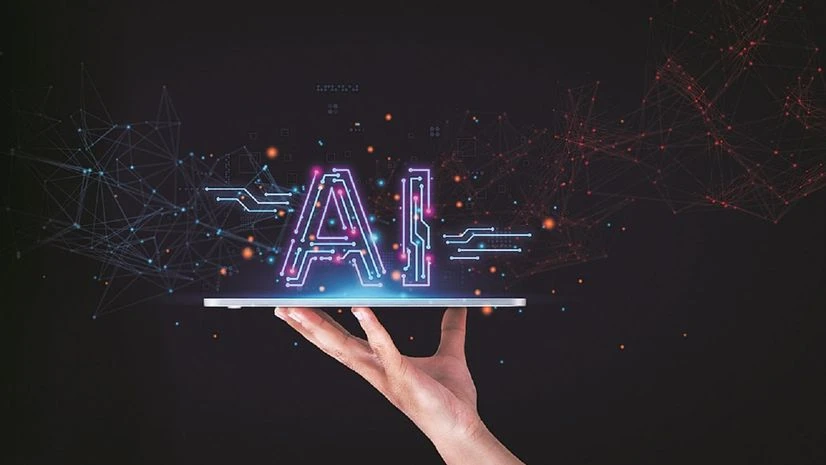Exploring the Mechanics Behind AI Undressing Apps
In the ever-evolving realm of technology, AI undressing apps have sparked both fascination and concern. These applications, leveraging advanced artificial intelligence, claim to transform standard photos into images that simulate undressing. Understanding how these apps work requires delving into the underlying technology and its implications. This article explores the mechanics behind these AI-powered tools, shedding light on their functionality and potential impact.
What is an AI Undressing App?
An AI undress app is a sophisticated piece of software designed to create realistic images of individuals in varying states of undress. Utilizing advanced artificial intelligence algorithms, these apps analyze and manipulate photos to generate images that simulate nudity. The technology behind these apps often involves complex neural networks and machine learning models, which have been trained on vast datasets to produce increasingly accurate results.
The Technology Behind AI Undressing Apps
Neural Networks and Machine Learning
At the core of an AI undressing app is a neural network, a type of machine learning model inspired by the human brain. Neural networks consist of interconnected nodes that process information in layers, allowing the app to learn patterns and features from extensive datasets. For undressing apps, these networks are trained on large collections of images, enabling them to recognize and simulate various clothing types and body features.

Image Processing Techniques
Once the neural network is trained, image processing techniques come into play. The app uses algorithms to analyze the input photo, identifying and isolating different elements, such as clothing and body parts. By applying learned patterns and textures, the app then generates a realistic image that mimics the appearance of undressing. This process involves intricate adjustments to maintain visual coherence and realism.
Generative Adversarial Networks (GANs)
A key component of many AI undressing apps is Generative Adversarial Networks (GANs). GANs consist of two neural networks: the generator and the discriminator. The generator creates new images, while the discriminator evaluates them for authenticity. Through this adversarial process, GANs refine their output, resulting in increasingly realistic and convincing images. In the context of undressing apps, GANs help produce high-quality simulations of nudity from clothed photos.
Ethical and Privacy Concerns
While the technology behind AI undressing apps is impressive, it raises significant ethical and privacy concerns. The potential for misuse is substantial, as these apps can create unauthorized and potentially harmful images. The ability to generate realistic nude images from clothed photos can lead to privacy violations, exploitation, and harassment. This has prompted discussions about the need for stricter regulations and safeguards to prevent misuse.
Consent and Ownership Issues
One of the primary concerns is the issue of consent. Individuals depicted in photos may not have given permission for their images to be manipulated in this way. This raises questions about image ownership and the right to control how one's likeness is used. Without proper consent, the use of AI undressing apps can be seen as a violation of personal privacy and rights.
Potential for Abuse
The potential for abuse of AI undressing apps is another major concern. Malicious actors could use these tools to create and distribute unauthorized images, leading to serious legal and social repercussions. The ability to produce realistic nude images from standard photos can facilitate cyberbullying, blackmail, and other forms of exploitation. Addressing these risks requires robust legal frameworks and technological measures to prevent and respond to misuse.
The Future of AI Undressing Technology
As AI technology continues to advance, the capabilities of undressing apps are likely to improve. However, the focus should shift towards developing ethical guidelines and regulatory measures to ensure responsible use. The integration of AI in image manipulation brings both opportunities and challenges, and it is crucial to balance innovation with privacy and security considerations.
)
Ethical AI Development
Future developments in AI undressing technology should prioritize ethical considerations. This includes implementing measures to ensure consent, protect privacy, and prevent misuse. Collaborative efforts between technology developers, policymakers, and stakeholders can help establish best practices and standards for the responsible use of AI in image manipulation.
Regulatory Measures
Regulatory measures are essential to address the potential risks associated with AI undressing apps. Governments and regulatory bodies should work together to create and enforce laws that protect individuals' rights and privacy. Clear guidelines on the acceptable use of AI technology can help mitigate the risks and ensure that advancements in the field are used for positive and constructive purposes.
Conclusion
AI undressing apps represent a remarkable technological achievement, showcasing the power of artificial intelligence in image manipulation. However, the potential for misuse and the ethical implications of these technologies cannot be ignored. As we navigate the future of AI-driven applications, it is crucial to address these challenges through ethical development, regulatory measures, and a commitment to safeguarding individual privacy and rights. By doing so, we can harness the benefits of AI while minimizing its risks and ensuring a responsible and secure technological landscape.